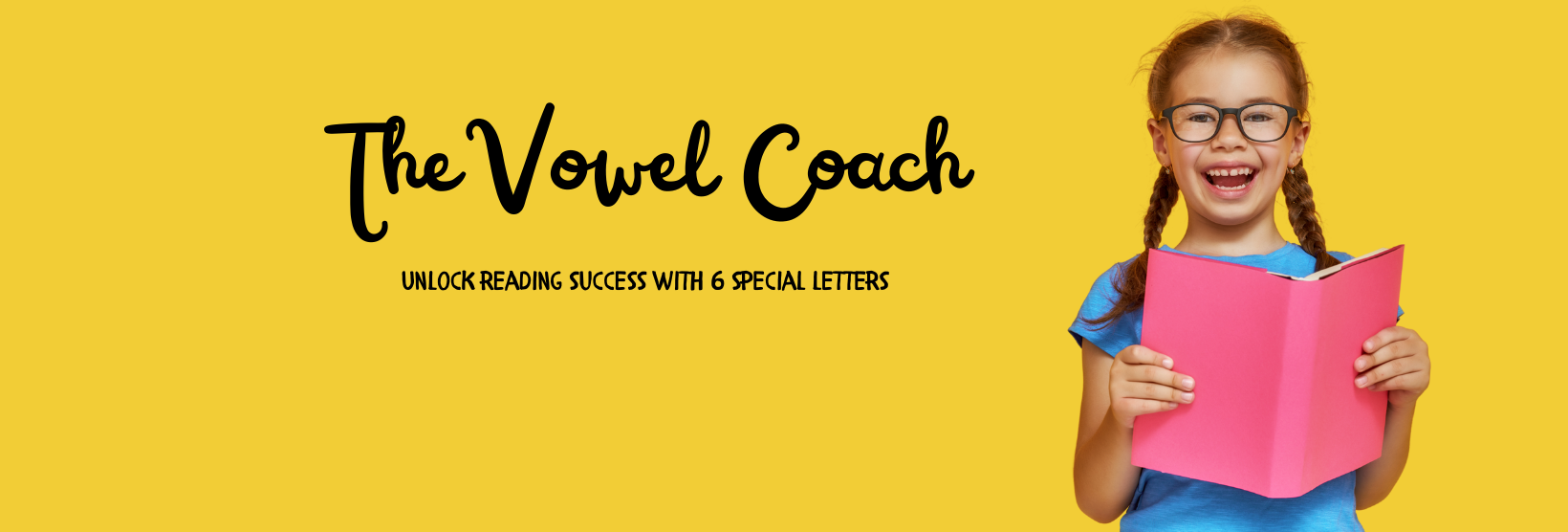Students often have to write a summary of something they’ve read, listened to, or watched. A summary is a brief description of the main events of the story. It is not a detailed retelling of the story.
The good news is that stories tend to follow a predictable trajectory:
- The main character wants something, but a mental or physical problem stands in the way.
- The character takes action to resolve the problem. This action either brings the character a step closer to the goal or makes the goal seem harder to achieve.
- The character takes more action.
- By the end of the story, the character ends up reaching the goal and/or learns an important lesson along the way.
SWBSTI: A recipe for writing a summary
I call the acronym SWBSTI a “recipe” for writing a summary. Each letter stands for a different part of the summary.
- S= Somebody (the main character)
- W= Wanted (wanted something)
- B= But (but there was a problem)
- S= So (so s/he did something)
- T=Then (then s/he did something else)
- I= In the end (In the end the problem was either solved or not solved)
Summary Examples
Jabari Jumps is one my favorite stories to have students write a summary for. You can listen to the story here:
Here is an example summary for Jabari Jumps:
“Jabari wanted to jump off the high diving board, but he was scared. So, he decided to give other kids a turn first. Then he did some stretches and talked to his dad. In the end, Jabari did jump off the diving board and he ended up liking it.”
- S= Jabari
- W= wanted to jump off the high diving board
- B= but he was scared
- S= so he let other kids go first
- T=then he did some stretches and talked to his dad
- I= In the end, Jabari jumped and he thought it was fun.
Kitten’s First Full Moon
Summary:
“Kitten wanted the bowl of milk in the sky, but she didn’t realize it was actually the moon. So, she tried hard to catch it. She jumped, ran, and climbed a tree, but she never got it. In the end, she went home and found a nice bowl of milk waiting for her on the front porch.”
Here are a few more stories I use when working on summaries with my students.
SWBSTI can be used to write an original story:
Children can also use the recipe to create an outline for an original story. It will help them map out the story’s main events and remind them of the order in which a story generally unfolds.
Ingredient Swapping
SWBSTI can be used for most children’s literature. However, just like we might eliminate or swap ingredients in a food recipe, sometimes we have to eliminate or swap out a word in our acronym.
Recently, one of my students wrote a summary for a story called, “The Memory Tree.” In the story, the little girl’s favorite tree fell after it was struck by lightning. My student swapped the word “wanted” for the word “loved.”
Here is the summary:
"Katie loved the big maple tree in her backyard, but the tree fell after it was struck by lightning. Katie and her parents decided to plant a new tree where the old one used to be. Katie still felt sad, so she painted a picture of the old tree and taped it to the window. In the end, Katie decided she would take good care of the new tree and keep the memories of the old tree in her heart."
Notice that this summary does not use the words “so” or “then.” That’s okay too! I prefer how a summary sounds when those words are implied rather than written out. Ingredients can be eliminated, swapped for something else, or rearranged in a different order.
Some students can’t resist mentioning certain details, using creative language, or adding a personal touch to their writing. As long as the summary is concise and includes the most important ingredients, a dash of creativity will make the assignment more fun for kids who love to read and write.
